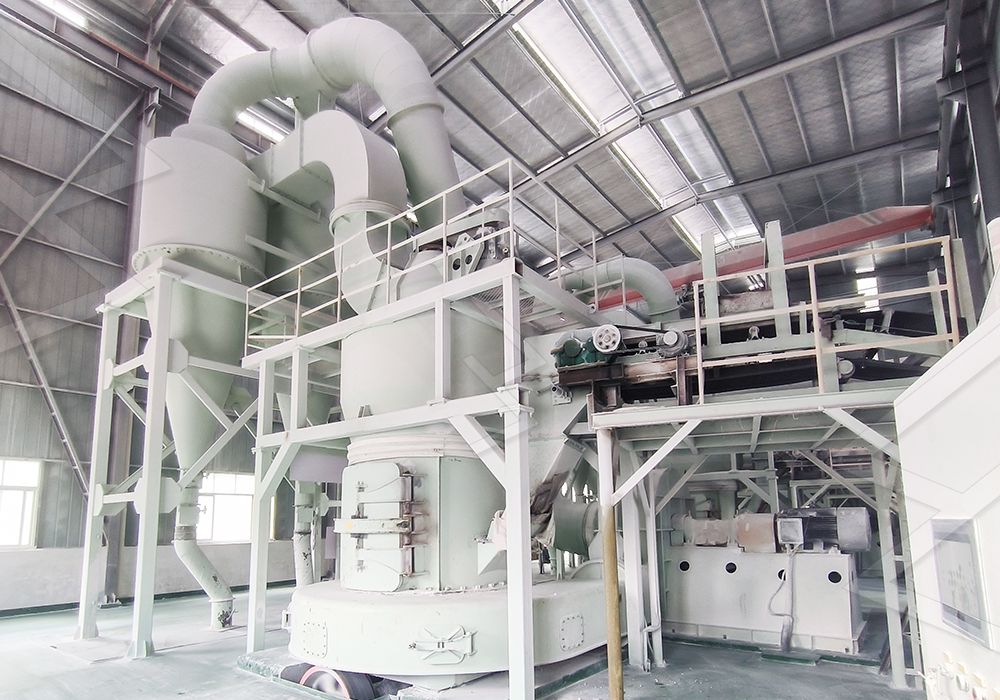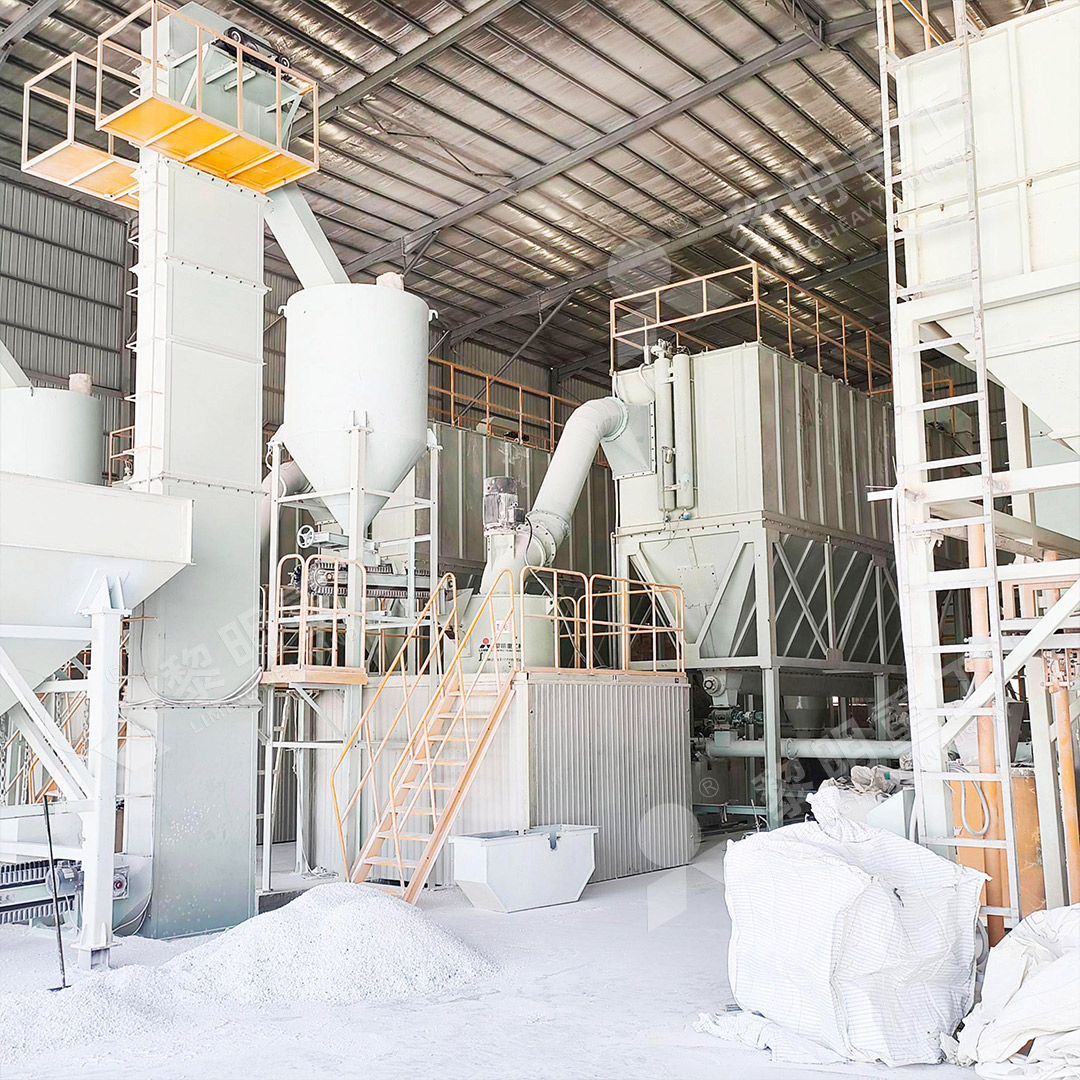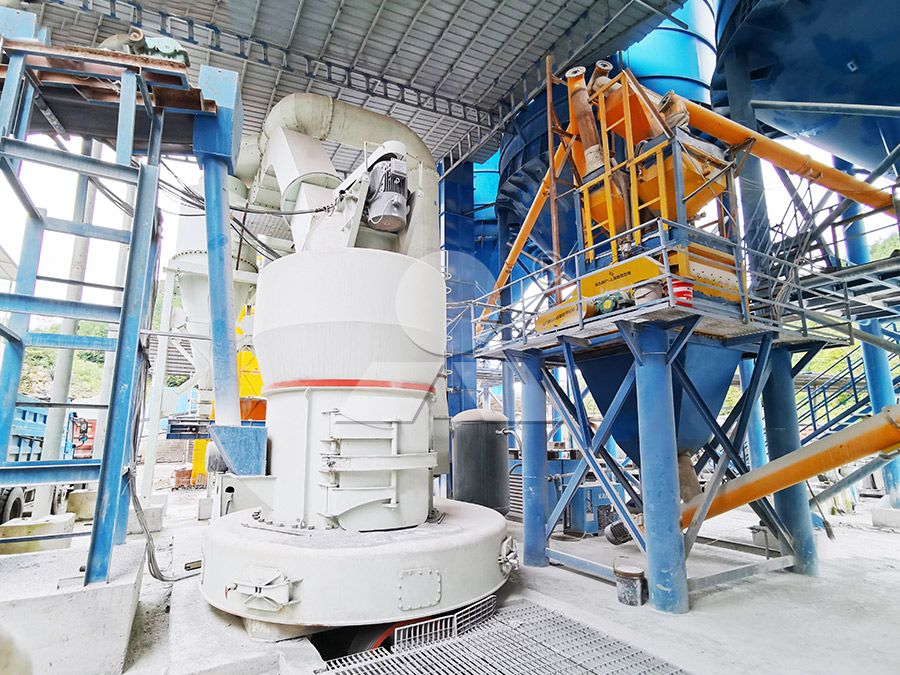Top 5 Raymond Mill Manufacturers for Grinding Limestone and Silica
Navigating the World of Industrial Grinding Solutions
When it comes to processing challenging materials like limestone and silica, selecting the right grinding equipment becomes paramount for operational success. These minerals demand precision engineering and robust construction to achieve the desired fineness while maintaining production efficiency. After decades in this industry, I’ve witnessed firsthand how the right mill can transform a struggling operation into a profitable enterprise.

The Critical Role of Proper Equipment Selection
Limestone and silica present unique grinding challenges. Limestone, being relatively soft but abrasive, requires equipment that can handle high throughput without excessive wear. Silica, on the other hand, demands precise control over particle size distribution and effective dust management due to its crystalline structure. The wrong equipment choice can lead to premature wear, inconsistent product quality, and operational headaches that cost thousands in downtime and maintenance.
Leading Manufacturers in the Grinding Arena
Through extensive field experience and countless site visits, I’ve identified several manufacturers that consistently deliver exceptional performance for limestone and silica applications. These companies have proven their worth through reliable equipment, comprehensive support, and innovative engineering solutions.
1. LIMING Heavy Industry
Having worked with LIMING equipment across multiple projects, I can attest to their engineering excellence. Their vertical mills particularly impress me with their energy efficiency and minimal footprint requirements. What sets them apart is their holistic approach to grinding solutions, considering not just the mill itself but the entire system integration.
For operations requiring ultra-fine powder production, their MW Ultrafine Grinding Mill stands out remarkably. I’ve seen this machine handle limestone with exceptional efficiency, producing powders between 325-2500 meshes with impressive consistency. The absence of rolling bearings and screws in the grinding chamber eliminates common failure points that plague other designs. With capacity ranging from 0.5-25 tph and handling feed sizes up to 20mm, it’s particularly well-suited for operations targeting the premium powder market.

2. Proven European Engineering
The MTW series European Trapezium Mills demonstrate why European design principles remain relevant in modern grinding applications. The MTW-Z model’s elastic volute damping structure effectively handles the vibrations that can compromise other mills when processing silica. The diluted oil lubrication system reduces maintenance frequency significantly compared to traditional grease systems.
3. Vertical Mill Specialists
Vertical grinding technology has revolutionized mineral processing, and several manufacturers have perfected this approach. The LUM Ultrafine Vertical Grinding Mill incorporates German powder separating technology with Taiwanese roller expertise, creating a machine that excels in precision grinding applications. The reversible structure makes maintenance surprisingly straightforward – a feature I wish more manufacturers would adopt.
4. Traditional Powerhouses
While newer technologies dominate conversations, traditional Raymond mill manufacturers continue to refine their designs. The latest iterations offer improved efficiency and better dust control, making them viable for operations with space constraints or budget limitations.
5. Innovation-Focused Companies
Several emerging manufacturers are pushing boundaries with digital integration and smart control systems. These companies often provide excellent value and responsive technical support, though their long-term reliability remains under evaluation.

Why LIMING’s MW Series Deserves Special Attention
In my professional assessment, the MW Ultrafine Grinding Mill represents a significant advancement for operations processing both limestone and silica. The cage-type powder selector using German technology provides exceptional separation precision that I’ve rarely encountered elsewhere. The fact that it achieves d97≤5μm in a single pass translates to real operational savings through reduced recycling and lower energy consumption.
The environmental considerations built into this machine reflect the industry’s evolving priorities. The efficient pulse dust collector and integrated muffler system address the two most common complaints about grinding operations – dust and noise. Having witnessed this system in action at a silica processing plant, I was impressed by how clean and quiet the operation remained throughout an eight-hour shift.
Frequently Asked Questions
What makes the MW Ultrafine Grinding Mill suitable for both limestone and silica?
The MW Mill’s adjustable fineness range (325-2500 meshes) and precision separation technology allow it to handle both materials effectively. For limestone, it provides excellent whiteness preservation, while for silica, it ensures consistent particle size distribution crucial for industrial applications.
How does the energy consumption compare to traditional ball mills?
Based on operational data, the MW Ultrafine Grinding Mill consumes approximately 30% of the energy required by jet grinding mills and offers twice the capacity of traditional ball mills with similar fineness requirements. This translates to significant operational cost savings over time.
What maintenance advantages does the MW Mill offer?
The absence of rolling bearings and screws in the grinding chamber eliminates common failure points. External lubrication allows for maintenance without shutdowns, and the overall design prioritizes accessibility for routine service tasks.
How does the mill handle environmental regulations?
The integrated pulse dust collector ensures no dust pollution during operation, while the silencer and noise elimination room reduce acoustic impact. The system is designed to meet stringent international environmental standards.
What production flexibility does the MW Mill provide?
With capacity ranging from 0.5 to 25 tph and the ability to adjust fineness across a wide spectrum, the mill can adapt to changing production requirements and market demands without major modifications.
